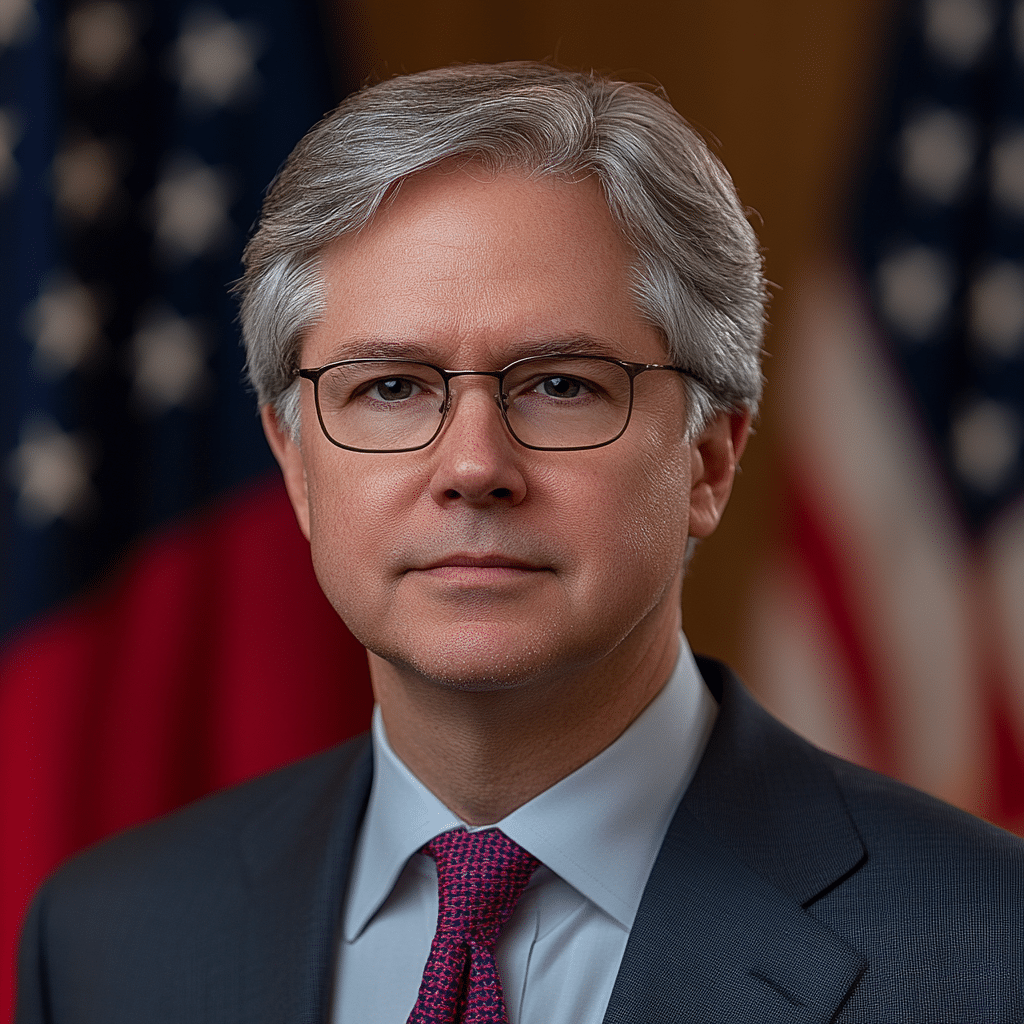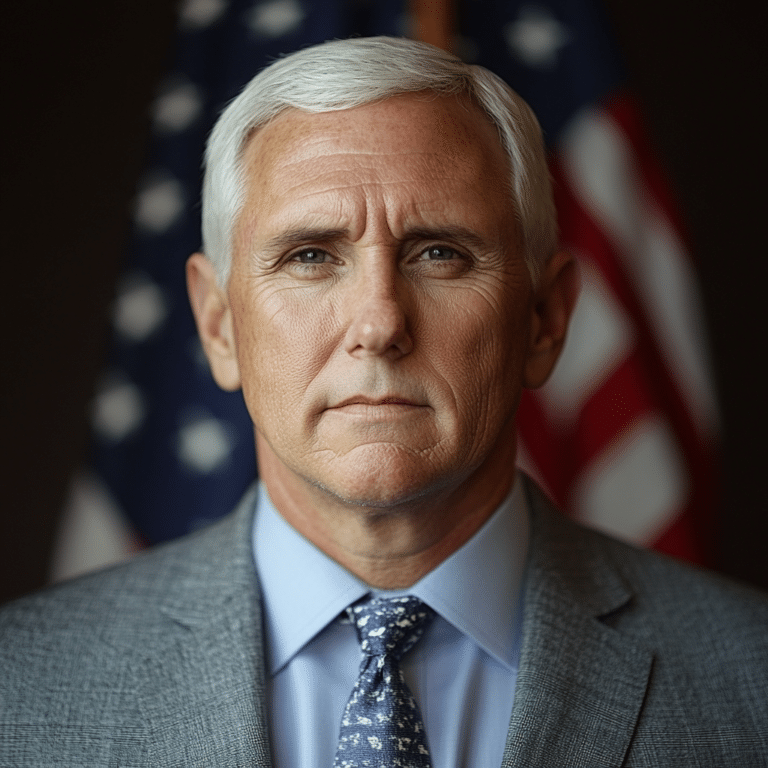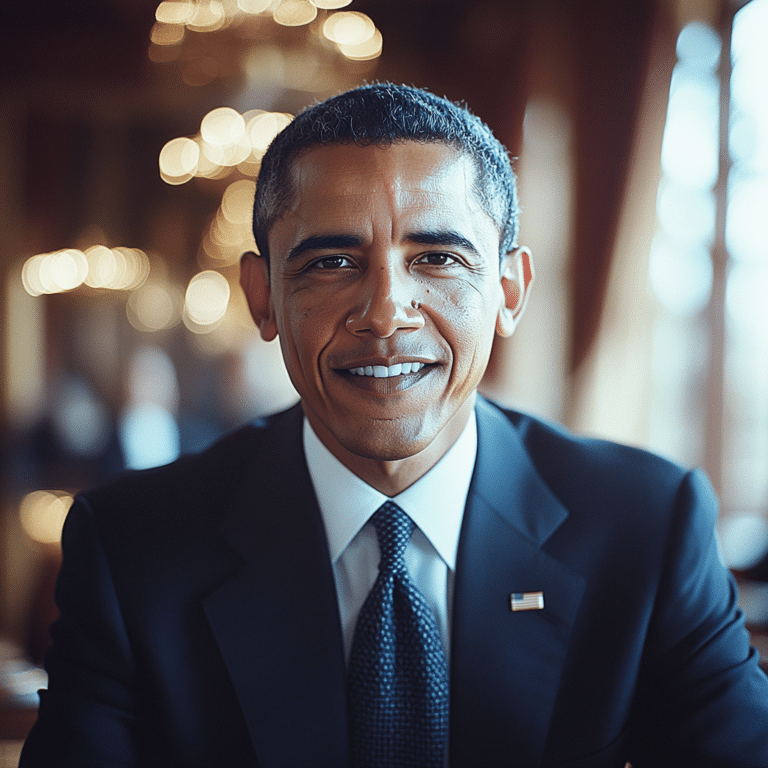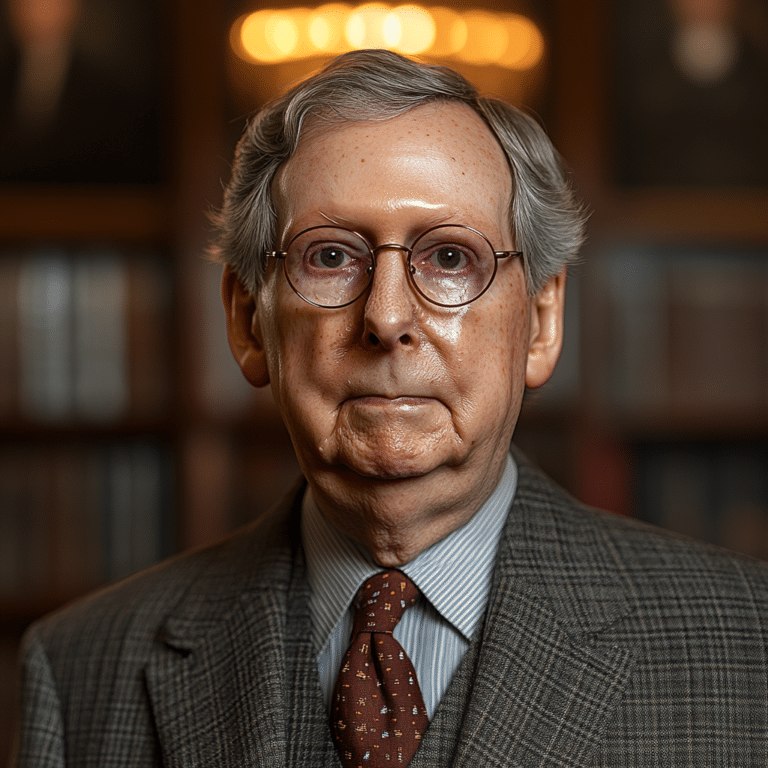The position of the US Attorney General is one of profound importance in shaping the justice system of the United States. Merrick Garland, having stepped into this pivotal role on March 11, 2021, serves as the chief law enforcement officer of the nation, overseeing a gargantuan operation with over 115,000 employees. Under under his leadership, the Department of Justice (DOJ) has become a battleground for ideological clashes, particularly in the realms of federal authority versus state interests. During a time characterized by intensified political divides, the US Attorney General’s authority necessitates a careful balancing act, directly impacting national policies related to law enforcement and civil rights.
The AG’s influence is not merely a function of the law; it’s a reflection of the current administration’s broader social objectives. Emerging trends expose the AG’s role as both an enforcer and an advocate, navigating the tensions ignited by the “Woke” movement while also addressing delayed reforms in criminal justice. This duality makes the AG a central player in ongoing debates about America’s future and its foundational ideals.
As political discussions grow increasingly heated, voices from conservative circles are often drowned out. Yet, the US Attorney General stands at a crossroads, where the path taken leads to either bolstered conservative values or an aggressive push toward progressive policies that many Americans resist. A closer examination of key legal precedents and ongoing judicial actions over the past few years reveals the substantial impact the US Attorney General has had on justice today.
Top 5 Legal Precedents Shaped by the US Attorney General
Amid ongoing debates over abortion, the current administration’s initiatives emphasize preserving women’s reproductive rights. The US Attorney General’s support for the legal challenges surrounding the Arizona abortion ban demonstrates a commitment to safeguarding these rights at a federal level. Legal experts contend that this push will redefine how abortion laws are enforced across the nation, igniting discussions around women’s freedoms versus states’ rights.
The AG’s renewed focus on civil rights sends a clear signal regarding systemic issues in American society. This drive toward progressive civil liberties legislation has ignited fierce debates within state courts. Many conservatives worry this may erode the values that uphold traditional structures within local communities, as the AG’s policies often clash with state-level decisions.
In today’s tech-dominated world, the US Attorney General increasingly zeros in on cybercrime. Ongoing collaborations between the DOJ and various state judicial bodies, particularly in Colorado, aim to tighten regulations around internet safety and user data protection. As Americans become more reliant on digital platforms, this strategy speaks to broader concerns about privacy and consumer rights.
Focusing on decriminalization and rehabilitation, the AG has laid out plans for federal reforms that resonate with those at the state level. This alignment fosters a sense of urgency around exploring justice systems that focus on restorative practices rather than punitive measures. Critics, though, are wary that such reforms may lead to unchecked escalation in crime and public safety concerns.
The AG’s intervention in Arizona’s immigration laws showcases the DOJ’s role as a checks-and-balances mechanism against state legislation that conflicts with federal directives. This strategic involvement is a reflection of the AG’s commitment to enforcing federal laws while still allowing state courts to interpret their unique legal landscapes. Such moves highlight the tensions between state sovereignty and federal oversight, further igniting the ongoing national discourse about immigration.
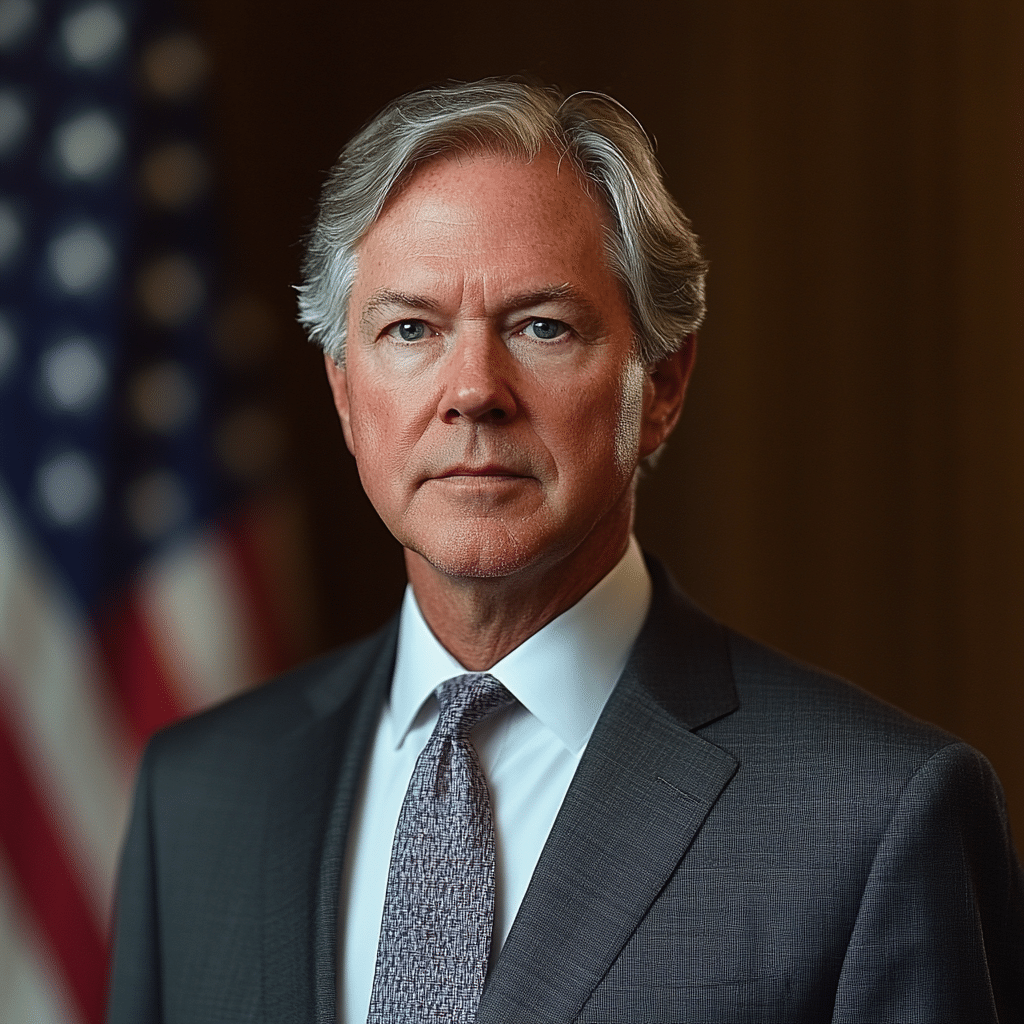
The Current Supreme Court Justices and Their Impact on Policies
The US Attorney General’s influence extends into the halls of the US Supreme Court, particularly in how it interacts with current justices. Key figures such as Amy Coney Barrett and Ketanji Brown Jackson bring nuanced perspectives to crucial cases. Their judicial philosophies essentially mold discussions around social justice and individual liberties, reinforcing how the AG must navigate a shifting legal landscape.
Each argument presented in high-profile cases has far-reaching implications, affecting everything from voting rights to healthcare access. As the AG plays a crucial role in shaping the litigation landscape, the power of the Supreme Court continues to reinforce federal policies. Notably, decisions made at this level often trickle down to state courts, weaving a complex narrative around justice that showcases the AG’s overarching influence.
The AG’s actions resonate across courtrooms, often shaping public perception about what justice should look like. By influencing how the biden supreme court interprets laws, the AG ensures that contentious issues–such as the Arizona abortion ban supreme court case–are heard through a particular lens, one that intertwines liberal ideals with the current administration’s priorities.
Analyzing the Arizona Supreme Court’s Decisions in Relation to Federal Policies
The decisions made by the Arizona Supreme Court serve as a direct reflection of the challenges posed by the US Attorney General‘s directives. With cases that deal with immigration policies and contentious abortion laws, the Arizona court often finds itself navigating between federal mandates and state interests.
For instance, the Arizona abortion ban has dominated headlines and prompted judicial scrutiny. The AG’s stance encourages litigation that not only addresses key issues at a national level but also directly shapes how state courts interpret laws concerning women’s rights. Thus, what unfolds in Arizona isn’t just a local story; it reverberates through state capitals across the nation.
As the interaction between state and federal courts intensifies, the Arizona Supreme Court’s decisions showcase the real stakes in contemporary legal battles. With the AG as a pivotal player, ongoing tensions reflect wider societal divisions over what constitutes “justice” and who its beneficiaries should be.
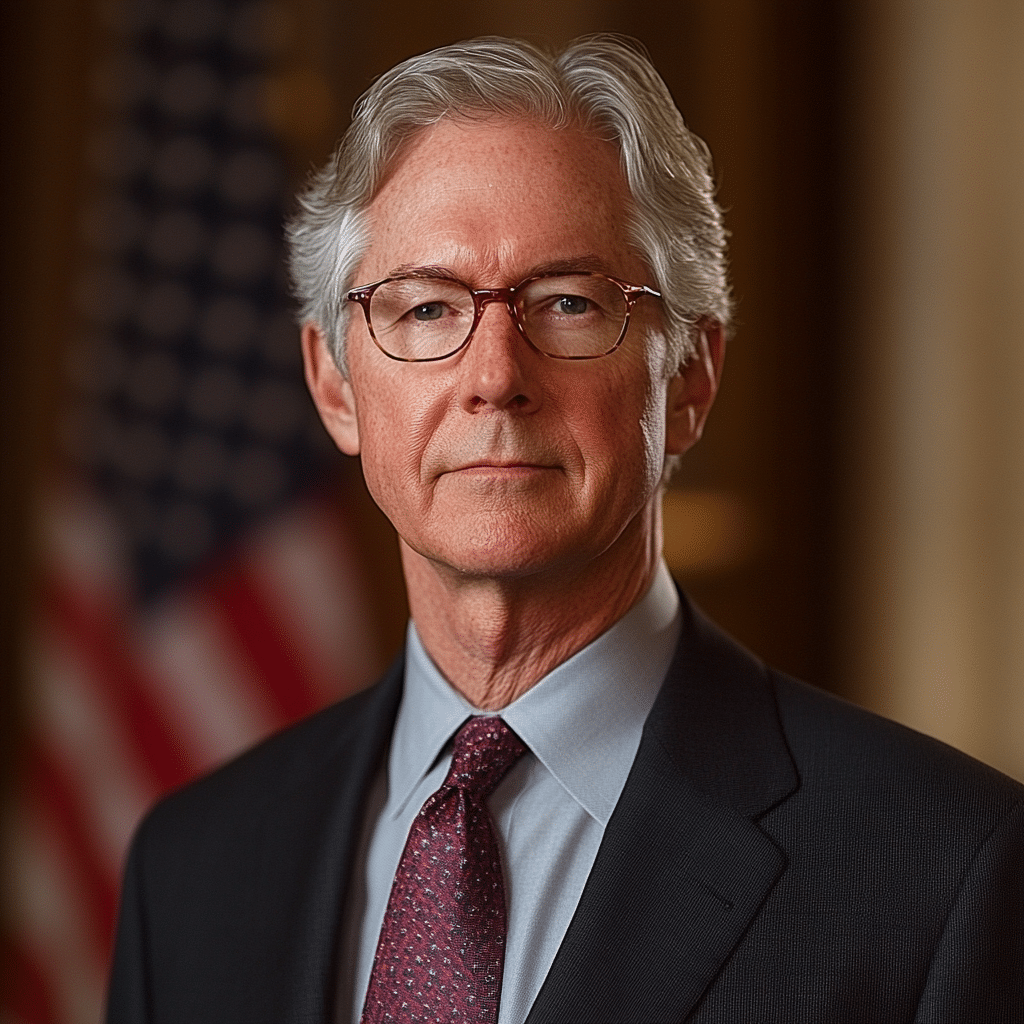
Examining the Relationship Between the Biden Supreme Court and State Courts
The Biden administration’s strategy regarding judicial appointments has created waves felt across both state and federal courts. The AG’s work and advocacy have sparked a ripple effect, encouraging lower courts to engage in a more careful deliberation of contentious social issues. With a Biden-nominated bench, state courts—especially those in conservative strongholds—often assess their own legal contexts in a new light.
This is particularly relevant in battleground states like Arizona and Colorado. The dialogue set forth by the AG regarding key issues has led state courts to consider the effect of federal directives on local legislation. For conservatives, this represents an ongoing struggle for ideological coherence in law—one that demands an articulate defense of traditional values.
As we observe how the Biden Supreme Court interacts with state courts, it becomes apparent that the AG’s influence isn’t isolated. Rather, it pulses through the veins of the legal system, driving conversations around rights and governance that matter deeply to all Americans.
Colorado Supreme Court: A Case Study in Progressive Law
A focus on the Colorado Supreme Court illustrates the current trajectory toward progressive legal standards, often reflecting the stance of the US Attorney General. Cases deliberated in Colorado demonstrate a willingness to embrace reforms that align with the AG’s policies, providing a blueprint for progressive advocacy in state courts.
From LGBTQ+ rights to criminal justice reform, the momentum created by the AG bolsters efforts to transform public policy. As a result, various state judicial frameworks demonstrate a robust alignment with broader national narratives. Critics, however, caution that these trends can alienate large swathes of the population that feel sidelined by progressive rhetoric.
The intersection of federal and state initiatives forms a complex tapestry that speaks volumes about changing expectations in judicial fairness and equity. As the Colorado Supreme Court looks ahead, it does so with a spotlight shining on how federal influence can reshape local jurisprudence.
Innovative Wrap-Up
The leadership of the US Attorney General stands as a crucial determinant of contemporary justice in America. With numerous crosscurrents flowing through the nation’s legal system, the AG serves as an essential link between federal priorities and state realities. The ongoing interactions among various judicial arms reveal the intricate way in which current policies are sculpted, creating an unpredictable landscape for conservative values.
A vigilant and informed citizenry must analyze these shifts, for they’ll determine how the American justice system operates in years to come. The balance between federal and state interests remains a point of contention, but under the influence of the AG, the implications ripple outward, impacting how laws are governed, applied, and interpreted. As observers of this evolving narrative, it’s imperative to engage vigorously in discussions that will shape society’s legal framework and principles, safeguarding our traditional values while defending the rights of all Americans.
The Us Attorney General: A Leader Shaping Justice Today
A Brief Historical Insight
The position of the US Attorney General is one steeped in tradition and evolving influence. Since its creation in 1789, the US attorney general has served not just as a legal advisor to the president but also as a powerful public figure shaping national policies. The AG’s role has expanded dramatically, reflecting the shifting landscape of justice and law enforcement. Did you know that during an important Republican convention in 1964, the AG was thrust into the spotlight, advocating for civil rights and law enforcement reforms? This shifting role echoes today’s demands for transparency and accountability in justice systems—a hot topic that resonates across various sectors.
Fun Facts and Trivia
In contemporary culture, the AG’s influence can sometimes mirror unexpected events, as seen with celebrities like Sharon Osbourne, who’s recently gained attention for her weight loss journey involving Ozempic. Just like the AG manages complex legal challenges, Osbourne is navigating her own set of public scrutiny. The AG’s decisions can have wide-reaching impacts, just as a star can influence millions through social media. For instance, while the AG tackles major issues, sports legends like those connected with the Damar Hamlin injury inspire countless athletes to persevere amid adversity.
And while we’re diving into pop culture connections, have you ever wondered about the AG’s challenges in balancing national security with civil liberties? It’s not unlike the task of crafting an engaging Knicks schedule—fans are eager, and every game matters. Meaningful decisions aren’t just about rules but also the spirit behind them, something the AG must keep in mind every day.
The AG and the Public Sphere
Let’s not forget how the role of the AG has evolved in the age of digital news. With outlets like C Nn amplifying various issues, the AG’s initiatives are often front and center in debates over justice reform. Public perception can swing like a pendulum. When decisions are made, they’re examined under a microscope, similar to how fans scrutinize flicks like those featuring Alyssa Sutherland in movies and TV shows. The AG’s leadership isn’t just about making laws; it’s about engaging the public in discussions about justice and equality.
In navigating these waters, the AG must also consider practical matters, much like consumers evaluating insurance And credit scores Quotes to secure their financial well-being. It’s a balancing act where trust and efficacy must walk hand in hand, enabling a more just society. Just as cartoons like Mike Wazowski bring joy and laughter, the aim is to foster a legal landscape that’s fairer and more relatable to the everyday American.
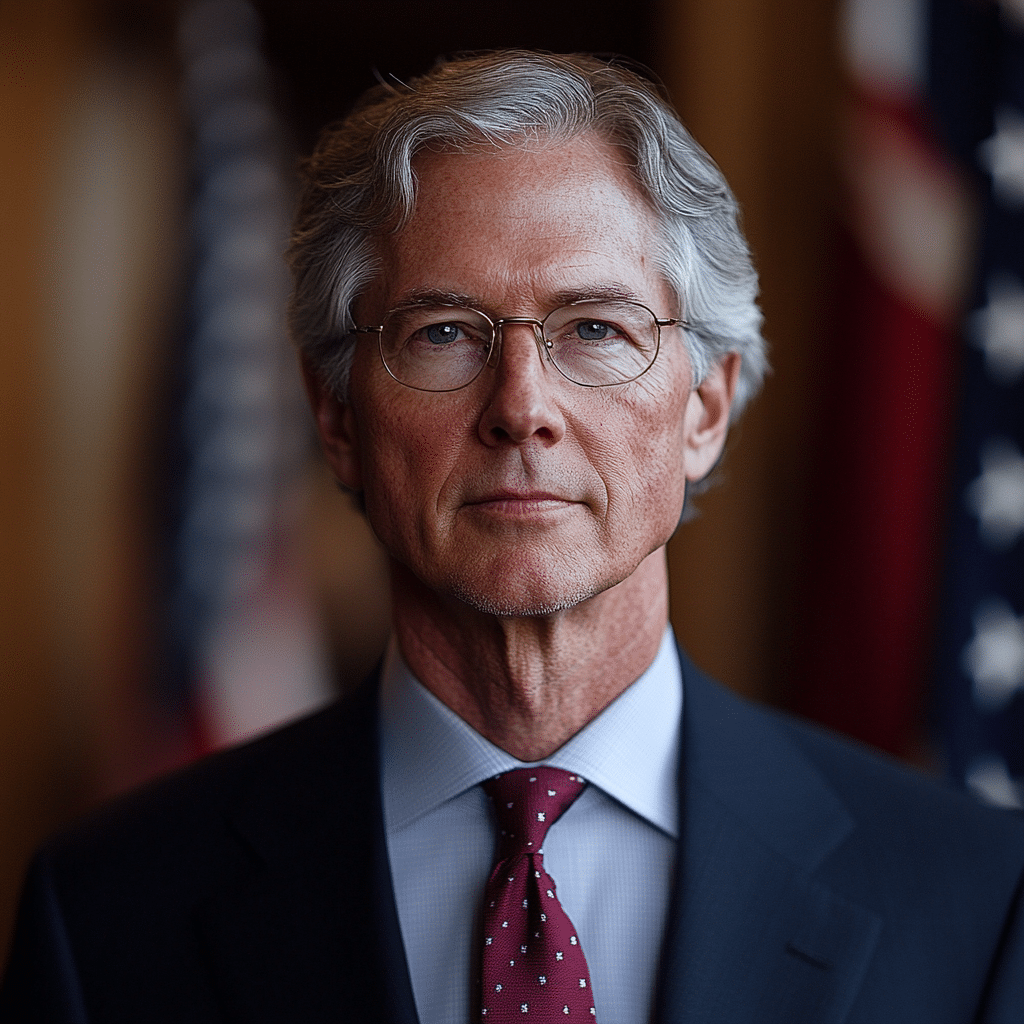
Who is currently the U.S. Attorney General?
Merrick Garland has been the U.S. Attorney General since March 11, 2021.
Who were the last 5 US attorney generals?
The last five U.S. Attorneys General were Merrick Garland, William Barr, Jeff Sessions, Loretta Lynch, and Eric Holder.
Who is more powerful US attorney or Attorney General?
The Attorney General is generally more powerful than a U.S. Attorney since the AG oversees the Department of Justice and sets legal policy, while U.S. Attorneys handle cases in specific districts.
Who is above the U.S. Attorney General?
The U.S. Attorney General reports directly to the President of the United States and is a member of the Cabinet.
Who controls the U.S. Attorney General?
The President of the United States controls the U.S. Attorney General, overseeing their actions and policies.
What is the salary of the United States Attorney General?
As of 2021, the salary of the U.S. Attorney General is $221,400 per year.
Who was the first female U.S. Attorney General?
The first female U.S. Attorney General was Loretta Lynch, who served from April 2015 to January 2017.
What is the difference between the attorney general and the US attorney?
The main difference is that the Attorney General oversees the entire Department of Justice, while U.S. Attorneys prosecute cases at the district level.
Who replaced John Mitchell as attorney general?
Richard Nixon appointed Elliot Richardson to replace John Mitchell as Attorney General.
Who was Trump’s attorney general?
Donald Trump’s Attorney General was William Barr, who served from February 2019 to December 2020.
Who has power over the doj?
The Attorney General has authority over the Department of Justice, but the ultimate power lies with the President.
Does the attorney general run the FBI?
No, the Attorney General doesn’t directly run the FBI, but they oversee the Department of Justice, which includes the FBI.
Is the FBI under the DOJ?
Yes, the FBI is a division within the Department of Justice.
Does the U.S. Attorney General have to be a lawyer?
While it’s not a strict requirement, the U.S. Attorney General is typically a lawyer with legal experience.
Who is the doj now?
Merrick Garland is the current Attorney General of the United States.
Who has power over the doj?
The Attorney General has power over the Department of Justice, reporting to the President.
What is the difference between the attorney general and the US attorney?
There’s a distinction between the Attorney General, who oversees national legal policy, and U.S. Attorneys, who handle local prosecutions.
How do you address the attorney general?
You can address the Attorney General as “Mr. Attorney General” or “Madam Attorney General,” depending on their gender.
Who are the female attorney generals of the United States?
The female Attorneys General of the United States include Janet Reno, Loretta Lynch, and Kamala Harris, among others.

